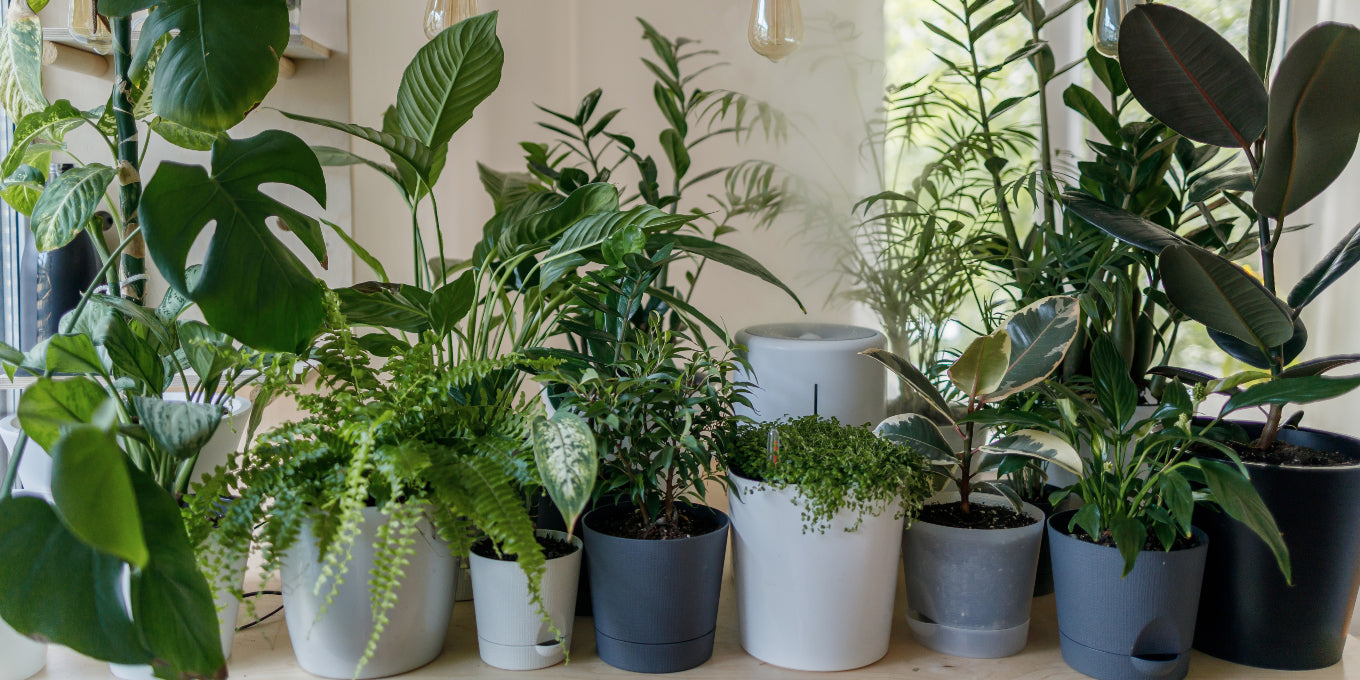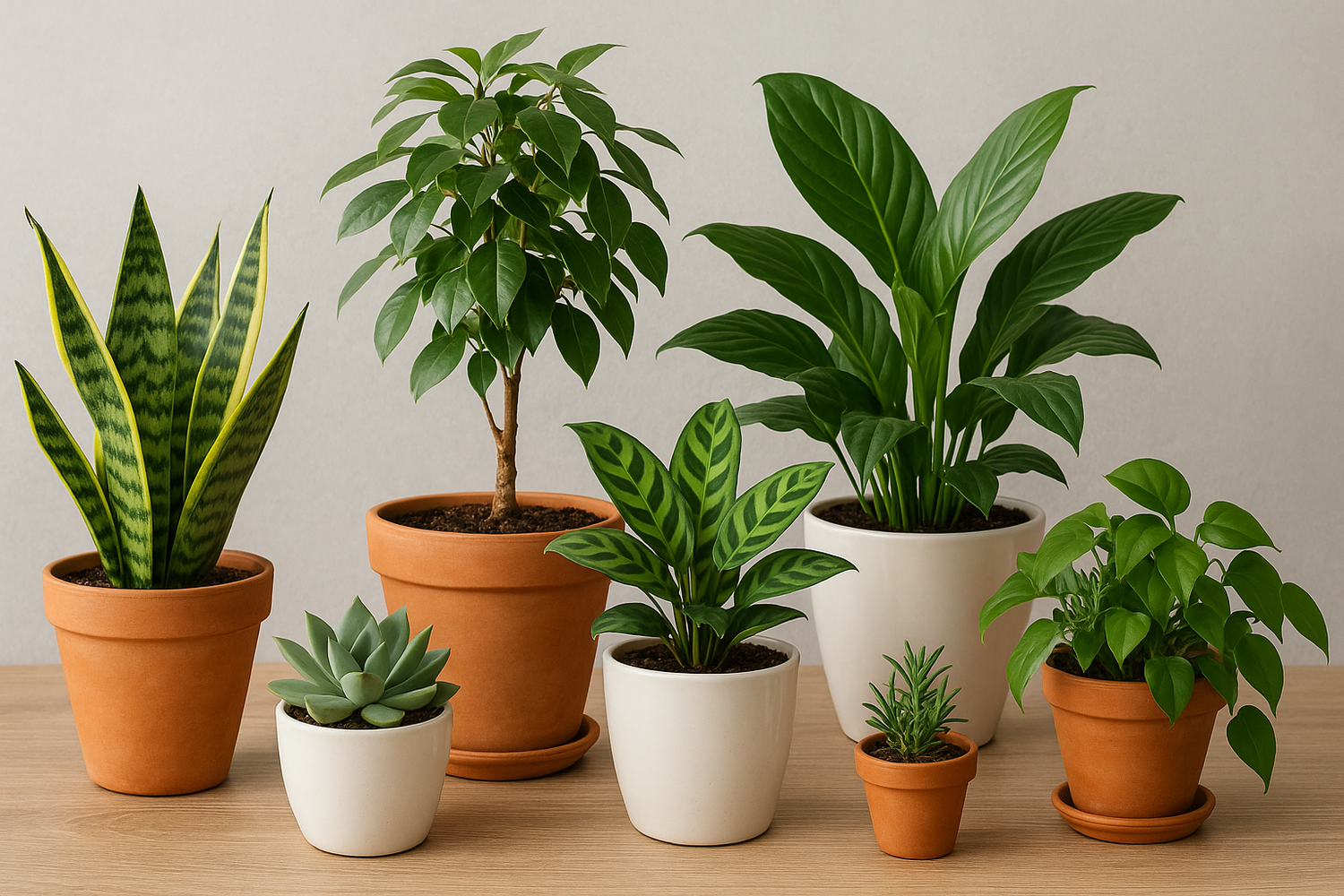Growing fruit trees can be rewarding, but even the healthiest trees face occasional challenges. From discolored leaves to disappointing fruit yield, these issues can often frustrate beginner and experienced gardeners alike. The good news? Most problems in fruit trees are treatable once you identify the cause.
Here’s a guide to the most common fruit tree problems, what they mean, and how to fix them using smart, effective, and even organic solutions for fruit trees.
1. Yellowing Leaves on Fruit Trees
What it means:
Yellow leaves are among the most noticeable signs of distress. Causes range from overwatering to nutrient deficiencies or root stress.
Common causes:
-
Overwatering or poor drainage
-
Lack of nitrogen
-
Iron deficiency in citrus trees
-
Root rot
How to fix it:
-
Ensure pots or soil beds drain well.
-
Feed with a balanced organic fertilizer rich in nitrogen.
-
For citrus trees, use a citrus-specific feed that includes iron and magnesium.
-
Avoid waterlogged roots — water only when the topsoil is dry.
2. Leaf Curl and Deformed Leaves
What it means:
Leaf curling, puckering, or distortion often points to either a fungal issue in fruit trees or pest infestation.
Common causes:
-
Peach leaf curl fungus (Taphrina deformans)
-
Aphid infestation
-
Mites or thrips
How to fix it:
-
Remove and dispose of infected leaves immediately.
-
Apply a leaf curl treatment with copper-based fungicide during dormancy.
-
Spray neem oil or insecticidal soap to manage aphids and mites.
3. Fruit Tree Not Bearing Fruit
What it means:
You’ve waited all season, but no fruit shows up. This is one of the most discouraging fruit tree problems.
Common causes:
-
Lack of pollination (especially for non-self-pollinating varieties)
-
Excessive nitrogen leading to leafy growth but no flowers
-
Pruning at the wrong time
-
Trees still too young to fruit
How to fix it:
-
Add a pollination partner if the variety is not self-fruitful.
-
Use a low-nitrogen, high-phosphorus fertilizer to encourage blooming.
-
Prune lightly and only after fruiting.
-
Be patient — some trees need 2–5 years to mature.
4. Blossoms Falling Without Forming Fruit
What it means:
If flowers bloom but fall before fruit sets, it may be due to environmental stress or pollination failure.
Common causes:
-
Poor weather during bloom (wind, rain, or cold)
-
Insufficient bee activity
-
Overfeeding with nitrogen
How to fix it:
-
Attract pollinators by planting companion flowers nearby.
-
Avoid over-fertilizing during the flowering stage.
-
Mulch to protect roots from temperature swings.
5. Fungal Issues in Fruit Trees
What it means:
Dark spots on leaves, powdery white coating, or rotting fruit are all signs of fungal disease.
Common types:
-
Powdery mildew
-
Apple scab
-
Brown rot
-
Rust fungus
How to fix it:
-
Prune to improve airflow between branches.
-
Apply a sulfur or copper-based organic fungicide early in the season.
-
Remove infected fruit and leaves to stop spread.
-
Avoid overhead watering.
6. Aphid Infestation and Other Pests
What it means:
Sticky leaves, curling tips, and visible bugs are signs of pest problems like aphids, scales, or spider mites.
Common pests:
-
Aphids
-
Scale insects
-
Whiteflies
-
Fruit borers
How to fix it:
-
Spray neem oil or horticultural soap every 7–10 days.
-
Introduce beneficial insects like ladybugs or lacewings.
-
Use sticky traps to monitor flying pests.
7. Fruits Splitting or Cracking
What it means:
If your fruits crack before ripening, they likely experienced irregular watering.
Common causes:
-
Sudden heavy rains after drought
-
Inconsistent irrigation
-
High humidity
How to fix it:
-
Water consistently and evenly, especially during fruiting.
-
Use mulch to retain soil moisture and prevent extremes.
-
Avoid overfeeding with fertilizers close to harvest.
8. Black Spots or Mold on Fruit
What it means:
Dark, sunken lesions or black mold can ruin ripening fruit and spread rapidly.
Common causes:
-
Sooty mold (often due to aphid or scale secretions)
-
Anthracnose
-
Brown rot
How to fix it:
-
Treat the pests first — eliminate sap-sucking insects.
-
Remove and destroy affected fruits.
-
Spray a fungicide during early bloom and pre-harvest stages.
9. Stunted Growth or Sparse Leaves
What it means:
Slow-growing trees or poor leaf development usually signal root issues or lack of nutrients.
Common causes:
-
Root-bound container trees
-
Poor soil nutrition
-
Compact soil or root damage
How to fix it:
-
Repot container trees every 2–3 years.
-
Add compost or organic matter to soil.
-
Loosen compacted soil to promote root expansion.
Helpful tool: Use a soil pH meter — most fruit trees thrive in pH 6.0–7.0.
10. Sunburn and Leaf Scorch
What it means:
Leaves with brown, dry edges or white patches often indicate sunburn or heat stress — especially in hot climates.
Common causes:
-
Excessive sun exposure
-
Dehydration
-
Thin leaf canopy
How to fix it:
-
Provide temporary shade during extreme heat.
-
Water early in the morning to hydrate before sun exposure.
-
Use mulch to reduce soil temperature.
Preventive Care Tips for Healthy Fruit Trees
Avoid recurring issues with a few key habits:
-
Regular Inspection: Check leaves, stems, and fruits weekly. Early detection helps.
-
Sanitize Tools: Clean pruning shears with alcohol to prevent disease spread.
-
Fertilize Smart: Use balanced organic fertilizer based on growth stages — nitrogen for foliage, phosphorus for flowering.
-
Mulch and Water: Maintain consistent moisture levels. Use mulch to retain water and suppress weeds.
-
Prune Wisely: Improve airflow and sun penetration to reduce fungal risk.
Final Thoughts
Fruit trees may face several challenges, but most are preventable or treatable with timely care and attention. Whether you’re dealing with leaf curl, aphid infestations, or your fruit tree isn’t bearing fruit, don’t lose hope. By learning the signs and applying the right remedies, you can enjoy healthy trees and bountiful harvests.





